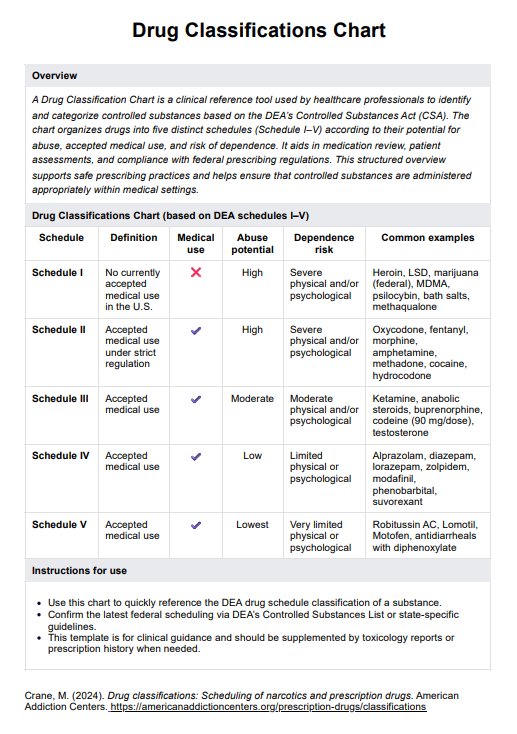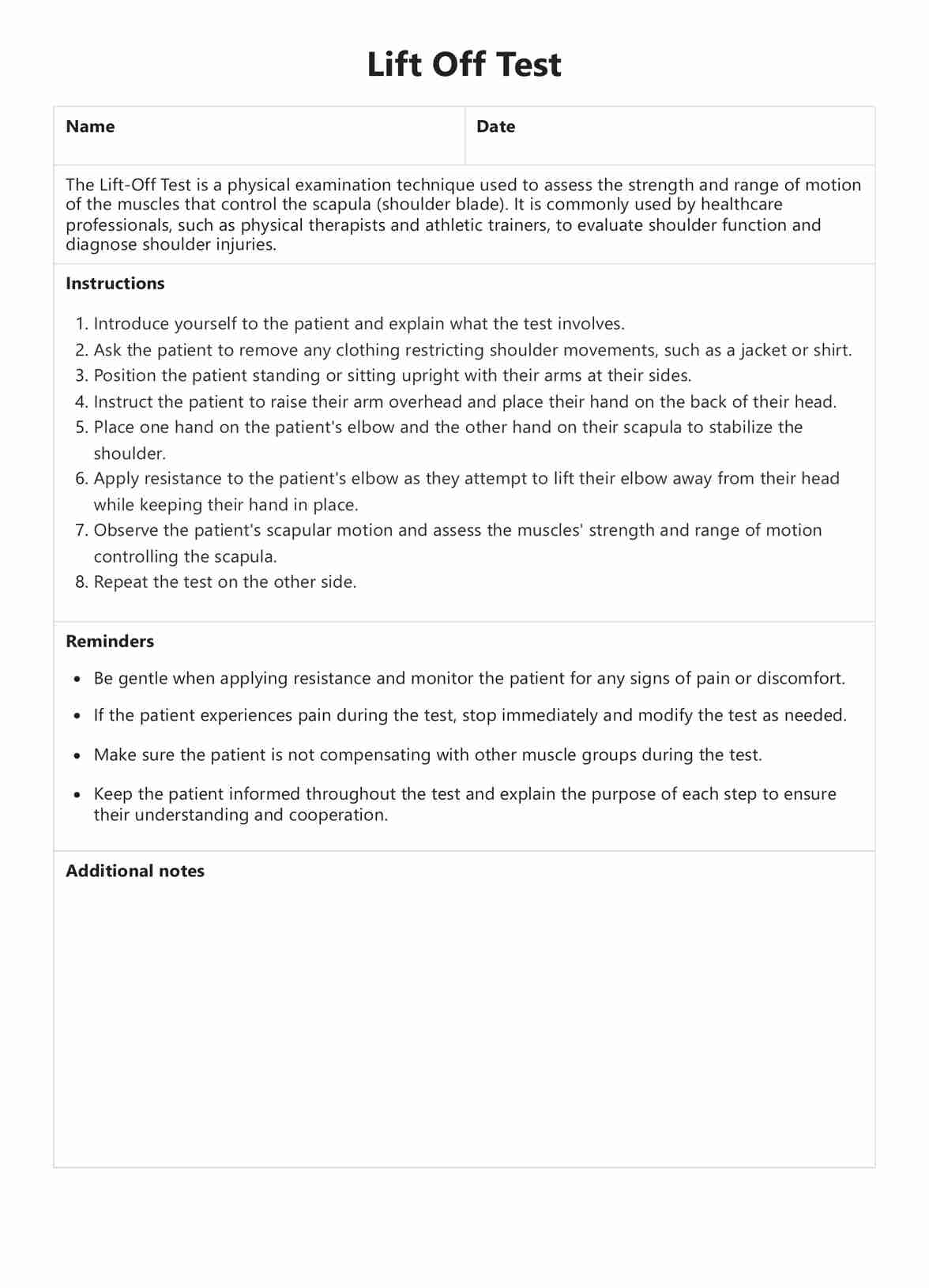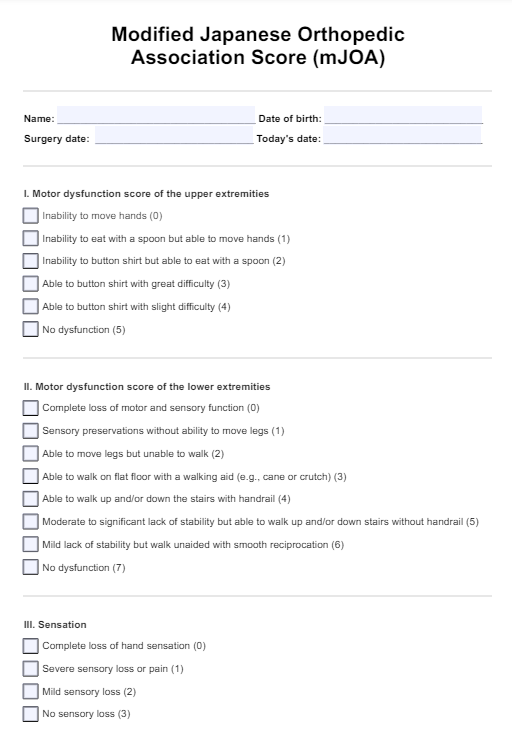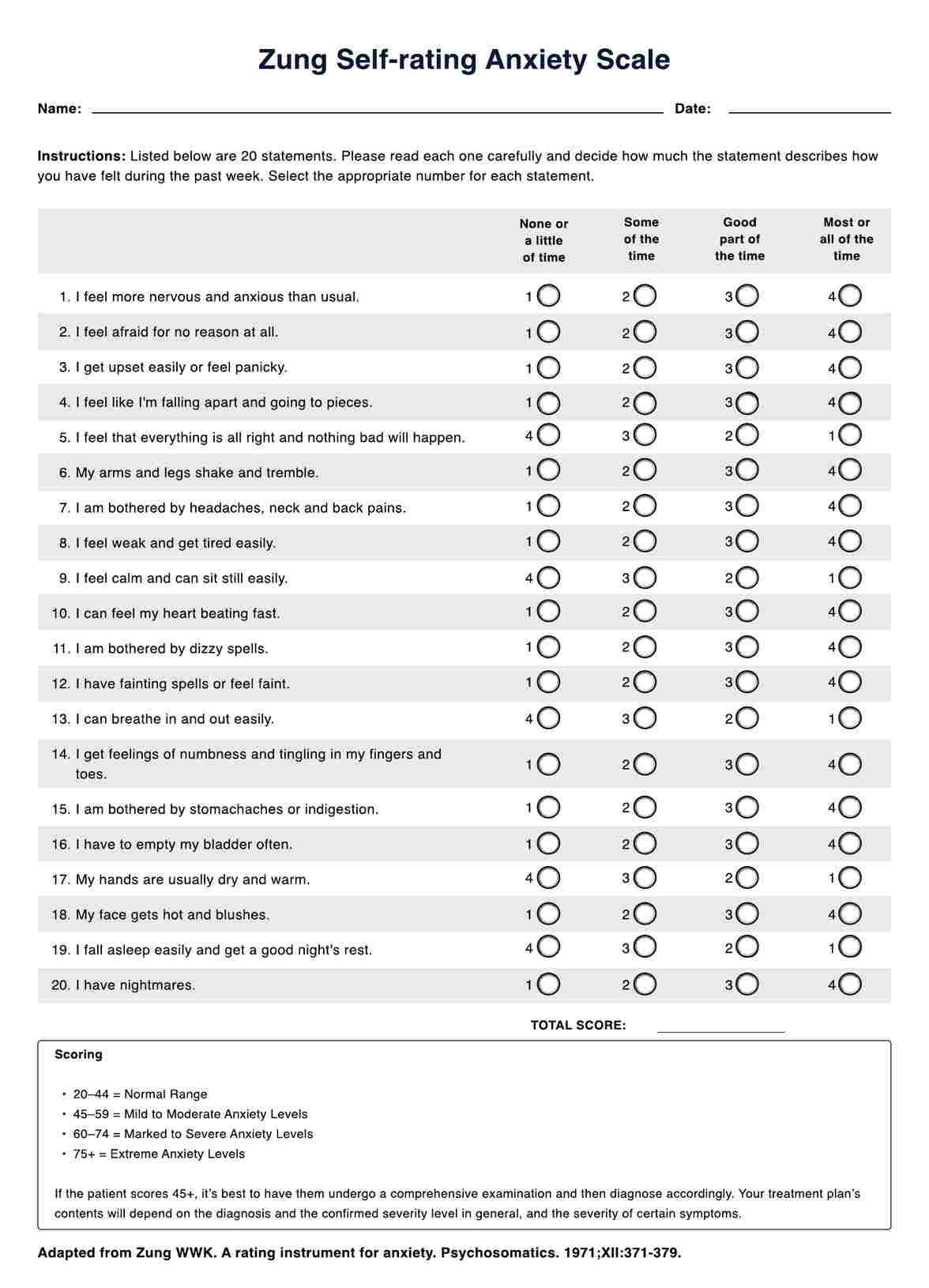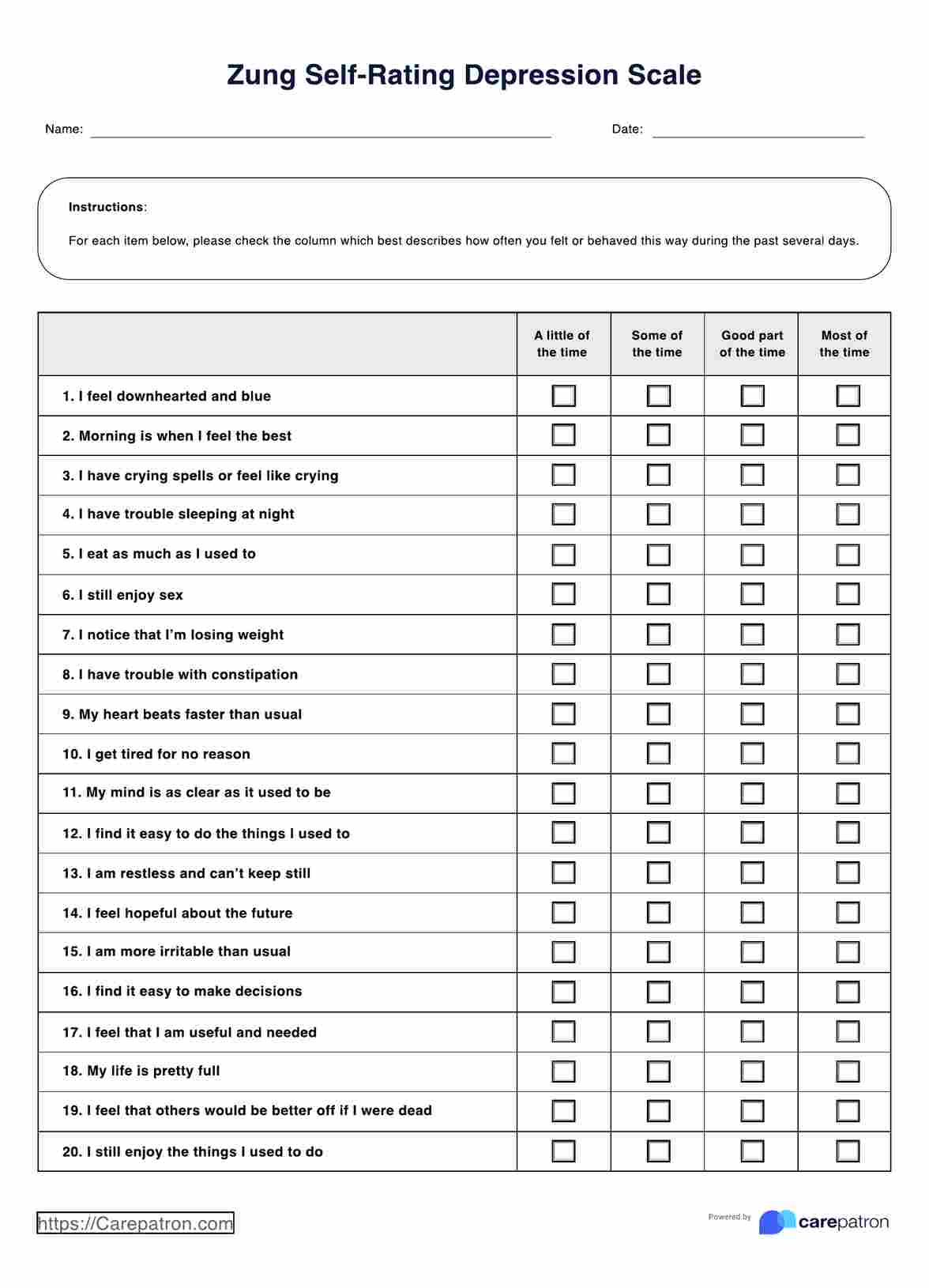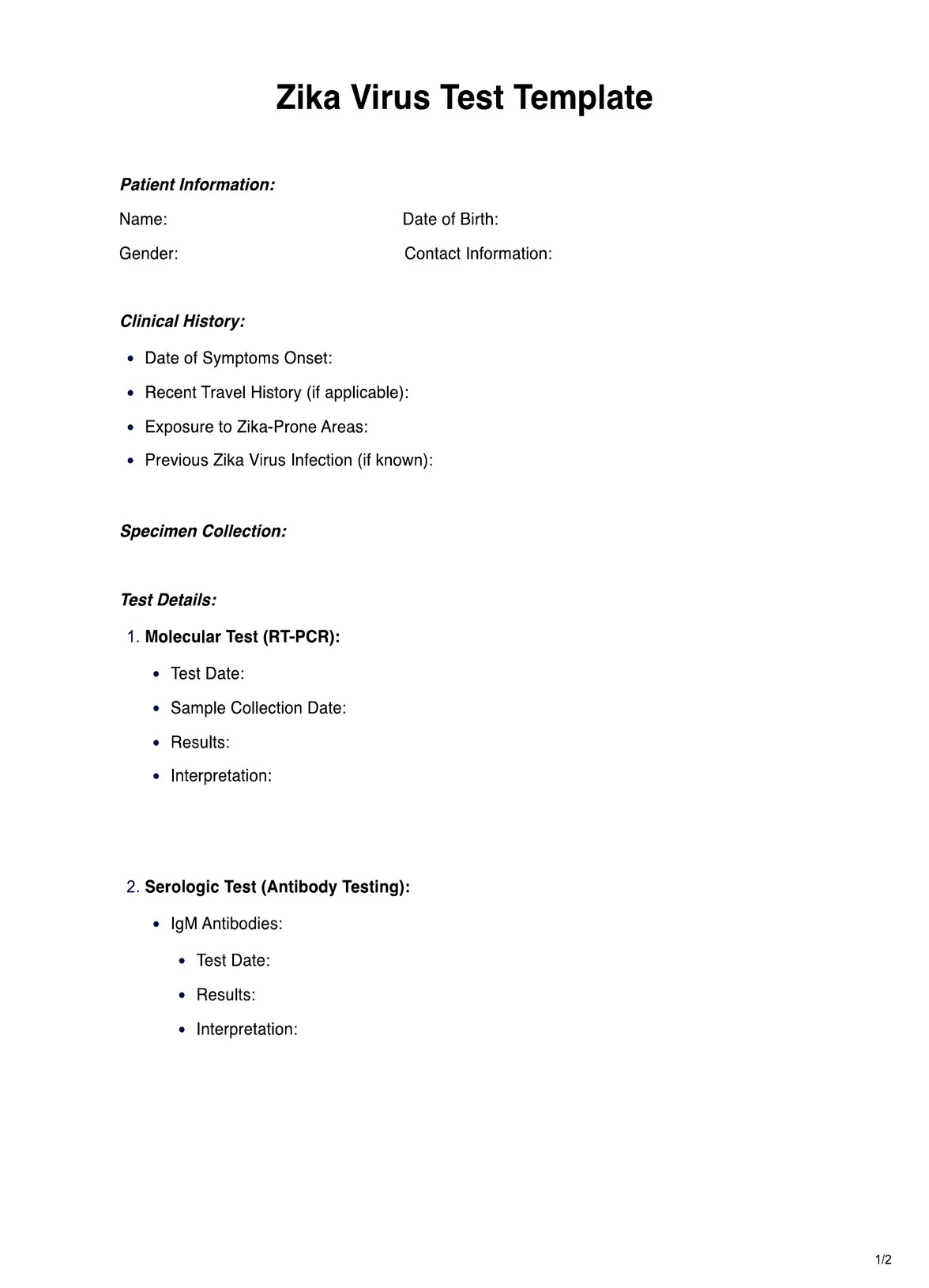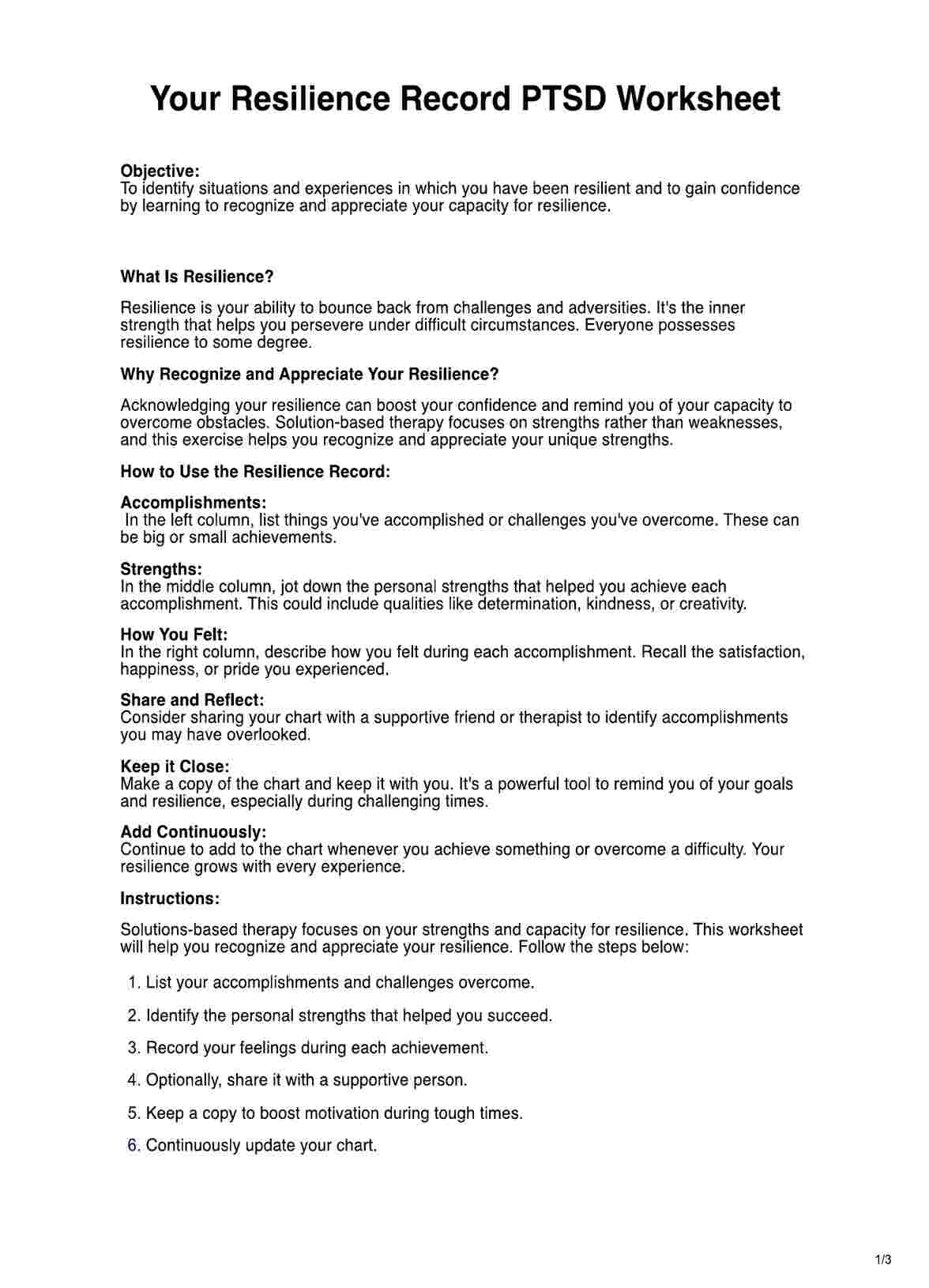The Constant Murley Score (CMS) is a clinical tool used to evaluate shoulder function and assess for shoulder pain, daily activities, range of motion, and strength.
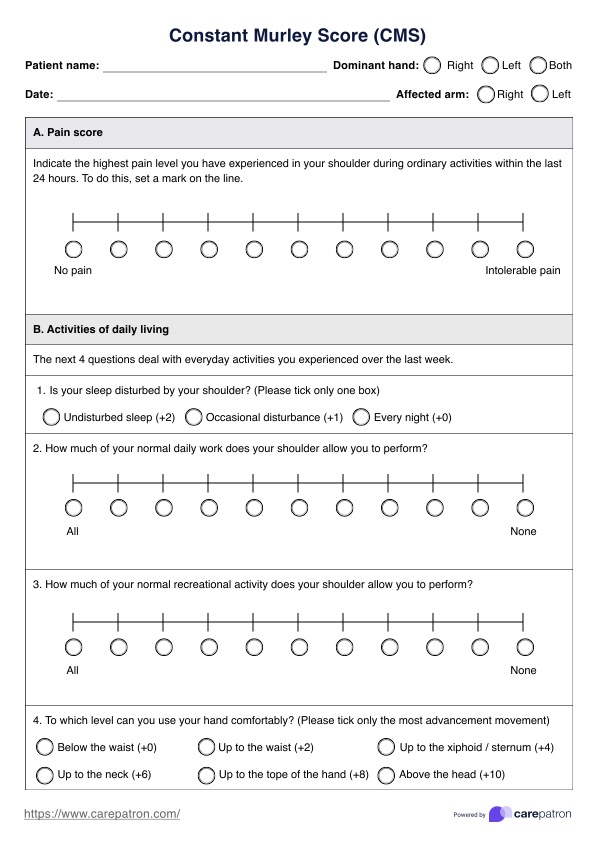
Constant Murley Score (CMS)
Evaluate shoulder functionality with the Constant Murley Score (CMS). Learn how to score pain, daily activities, range of motion, and strength. Enhance treatment planning today!
Use Template
Constant Murley Score (CMS) Template
Commonly asked questions
The Constant Murley shoulder assessment score is out of 100 points, with 15 points for pain, 20 for daily activities, 40 for range of motion, and 25 for strength.
The Constant Murley Score (CMS) provides a comprehensive and standardized method for assessing shoulder function and shoulder instability, aiding in diagnosis, treatment planning, and tracking progress over time.
EHR and practice management software
Get started for free
*No credit card required
Free
$0/usd
Unlimited clients
Telehealth
1GB of storage
Client portal text
Automated billing and online payments


